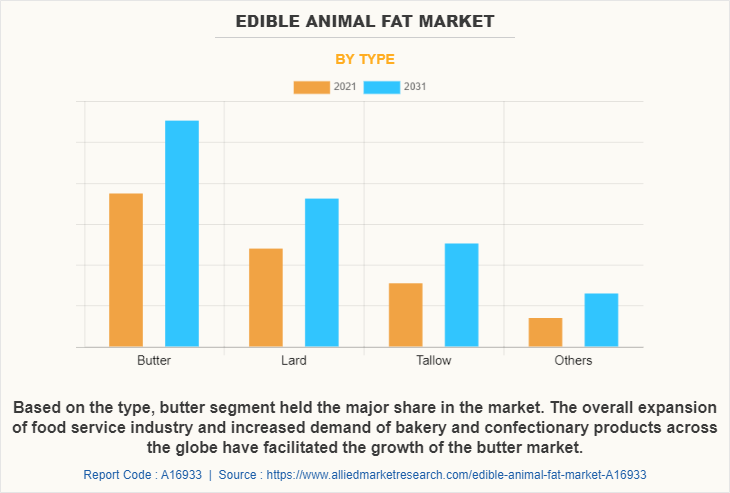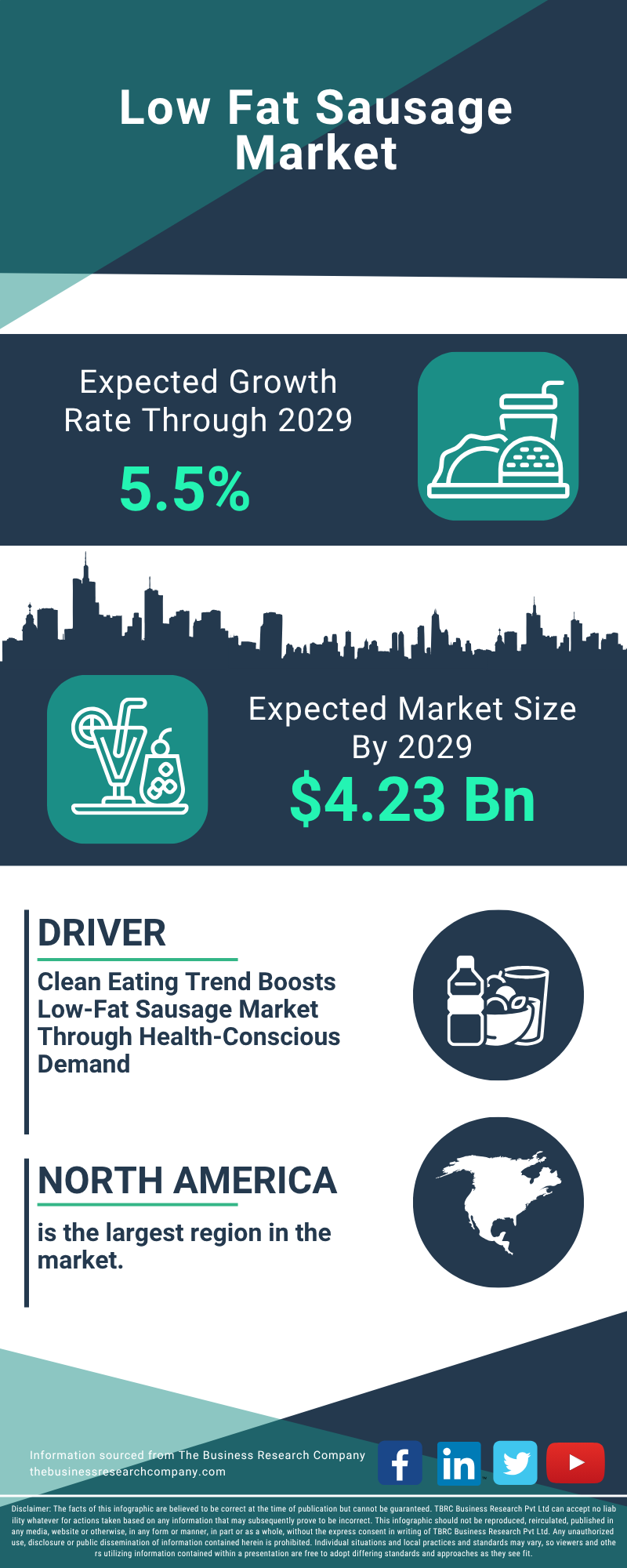Fat Replacers and Innovation Trends
The fat replacer market has emerged as a significant growth driver within the broader fat industry, responding to consumer demands for healthier alternatives without compromising taste or texture. These innovative products utilize advanced food science to replicate the functional properties of traditional fats while offering improved nutritional profiles.
Recent technological advances have enabled the development of sophisticated fat replacement systems that maintain the sensory characteristics consumers expect. From protein-based replacers to carbohydrate-derived alternatives, the innovation landscape continues to expand, creating new market opportunities for manufacturers and suppliers.
The regulatory environment surrounding fat replacers varies globally, with different approval processes and labeling requirements across markets. Understanding these regulatory frameworks is essential for companies looking to expand their fat replacer offerings internationally.




